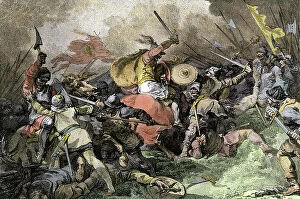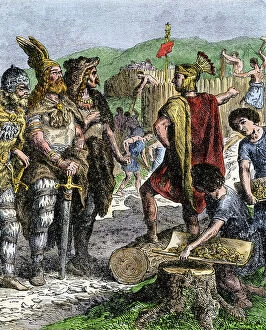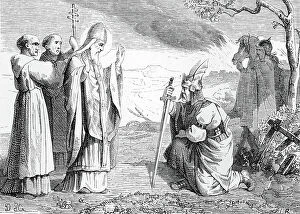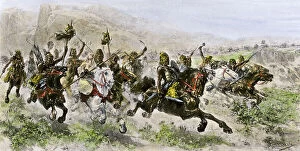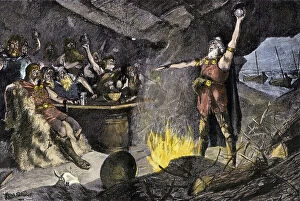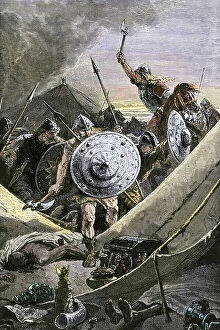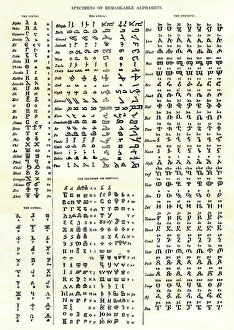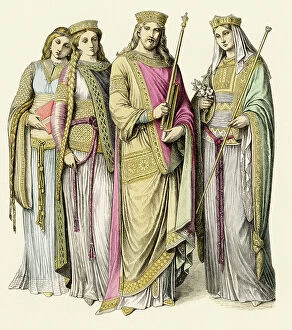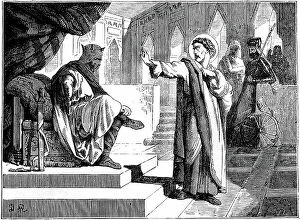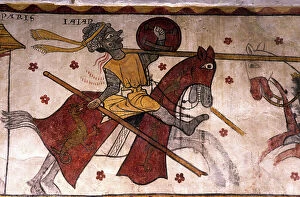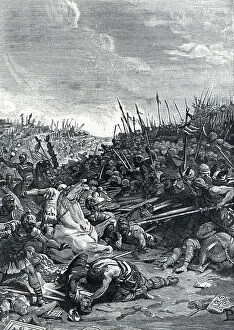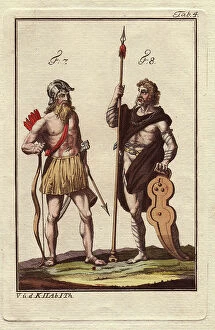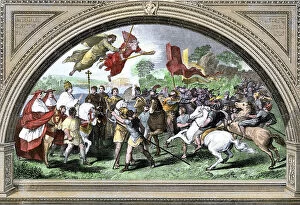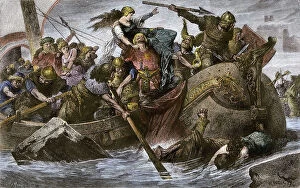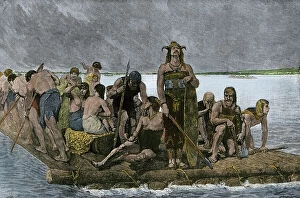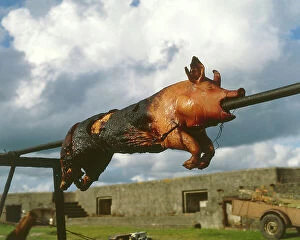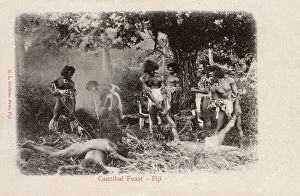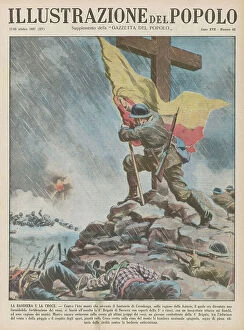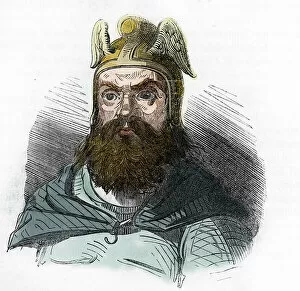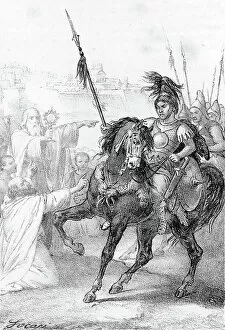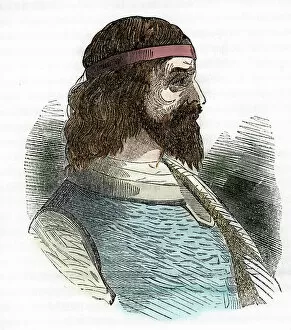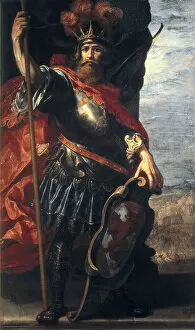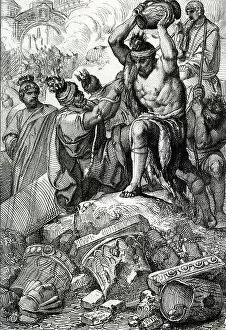Barbaric Collection (#2)
"Unveiling the Enigmatic Cerne Abbas Giant: A Glimpse into Barbaric Ancient Traditions" This captivating aerial image of the Cerne Abbas Giant, located in Dorset
For sale as Licensed Images
Choose your image, Select your licence and Download the media
"Unveiling the Enigmatic Cerne Abbas Giant: A Glimpse into Barbaric Ancient Traditions" This captivating aerial image of the Cerne Abbas Giant, located in Dorset, England, transports us back in time to an era shrouded in mystery and intrigue. This enigmatic figure carved into the hillside has long fascinated historians and archaeologists alike, with its origins dating back centuries. As we delve deeper into history, a hand-coloured engraving from 1800 titled "Comfort to the Corns" offers a glimpse into a bygone era when locals sought solace and merriment at their beloved pub. It serves as a reminder that even amidst barbaric times, people found respite in communal spaces. The juxtaposition continues with an aerial image showcasing a roast pig on a spit - an age-old tradition prevalent in the West Country. While seemingly barbaric to some modern sensibilities, it highlights cultural practices that have evolved over time. Venturing further across continents brings us face-to-face with cannibalism cooking dead humans among Fijian natives. This shocking practice reminds us of how different cultures perceive what is considered acceptable or abhorrent. Turning our attention to historical events marked by nationalism and conquests, we encounter images depicting nationalist victories and Neros Torches - symbolizing the burning of Christians during ancient Rome's reign. These gruesome acts exemplify humanity's capacity for brutality throughout history. Shifting focus towards legendary figures like Attila King of Huns and Odoacre leader of Herules allies reveals portraits that evoke both awe and fear. These rulers were known for their fierce military prowess but also engaged in diplomatic negotiations with influential figures such as Pope Saint Leon I – demonstrating moments where diplomacy triumphed over savagery. Lastly, Fortunino Matania's mesmerizing artwork titled "Princess Caraboo" captures our imagination with its exotic allure.

